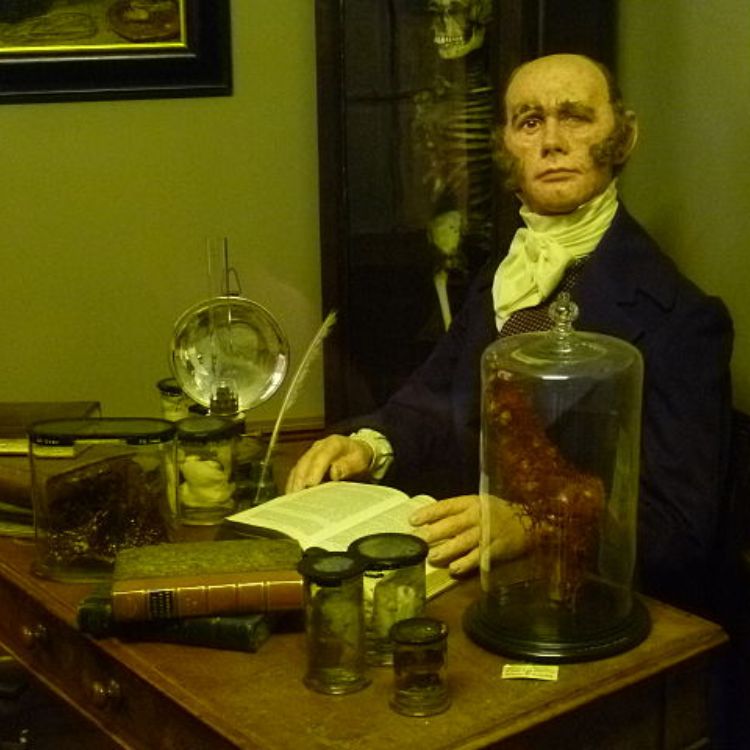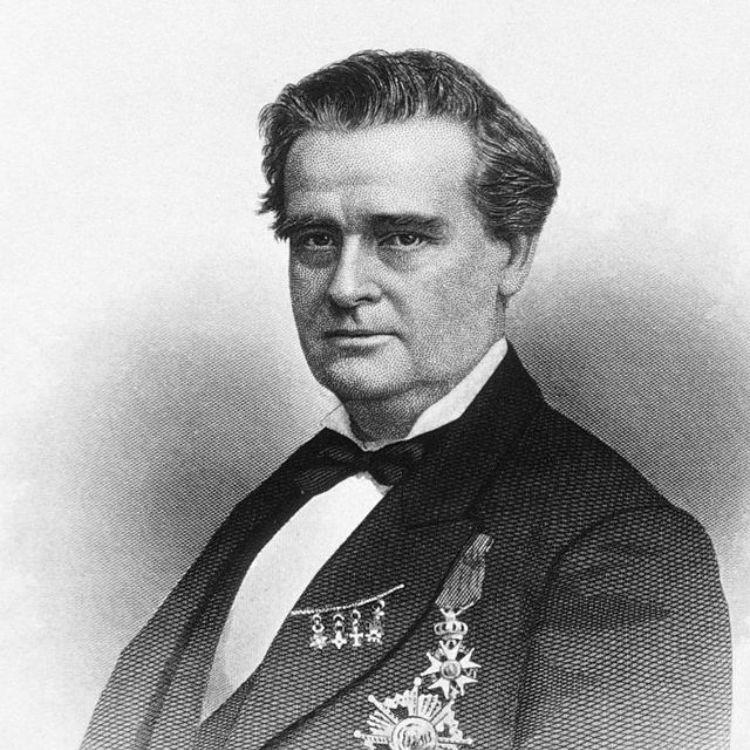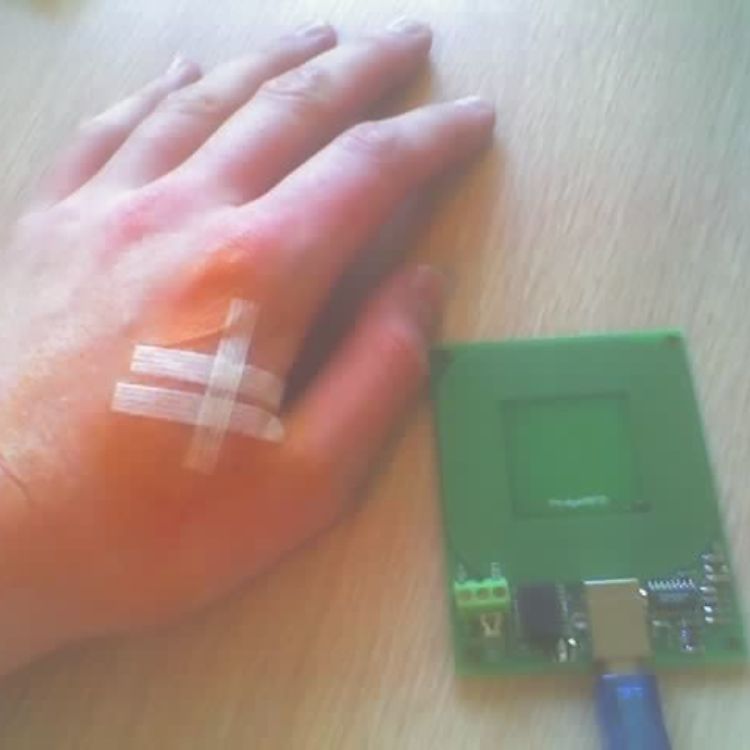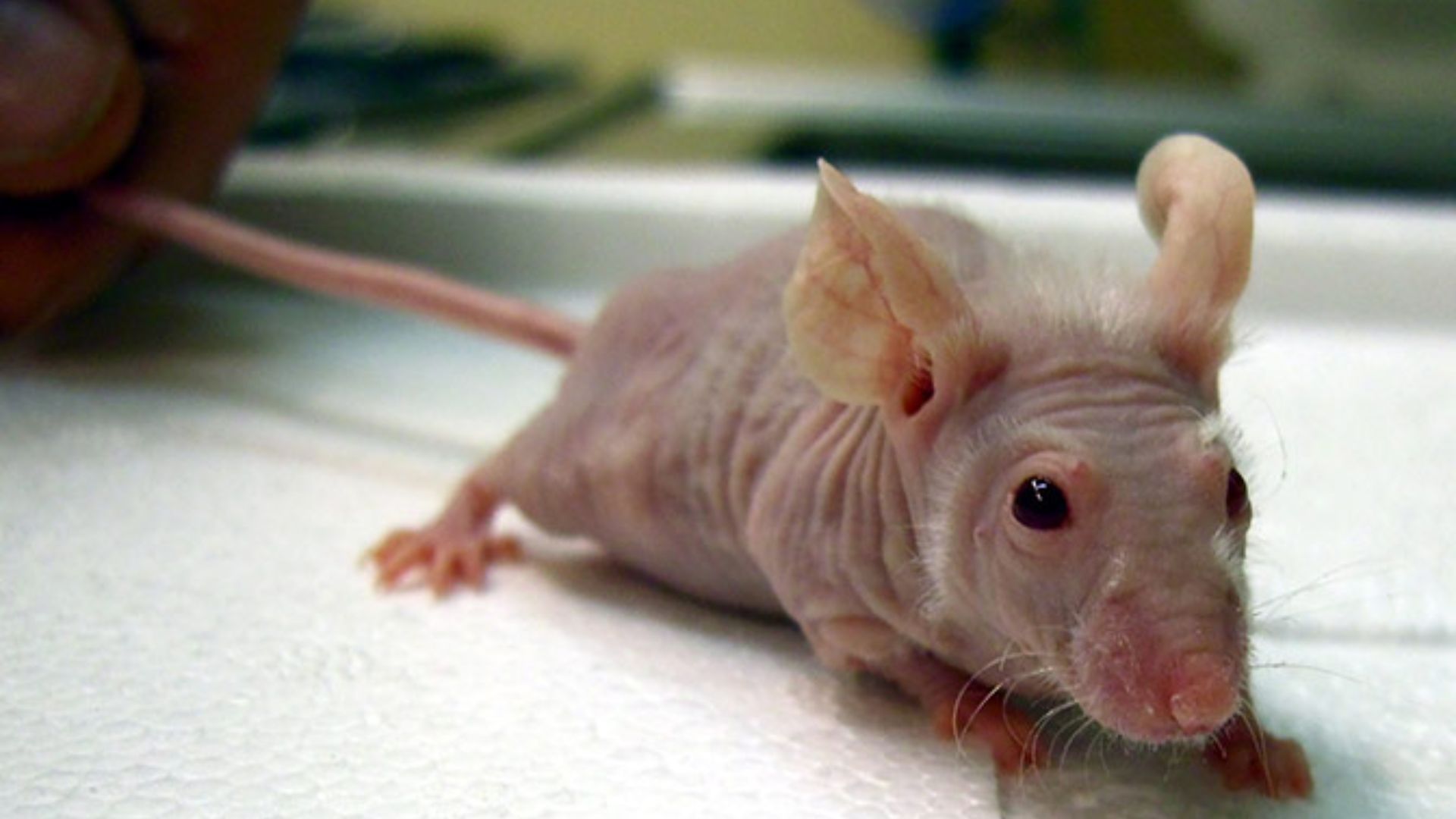20 Science Experiments That Appear Incredibly Sinister
Throughout history, science has brought about numerous changes that have been both good and bad. There have been times when scientists have made honest mistakes, but there have also been times when they have committed unimaginable horrors.
In the vein of the infamous “mad scientist” stereotype in popular culture, here are some of the most atrocious experiments on human subjects throughout history.
The Sinister Science of Separating Twins and Triplets
In the 1960s and 1970s, a group of psychologists led by Peter Neubauer separated twins and triplets and placed them with adoptive families for a study partly funded by the National Institute of Mental Health.

Source: The Library of Congress/wikicommons
The experiment came to light in 1980 when three identical triplet brothers accidentally found each other, and one of the triplets expressed anger for being robbed of 20 years together. The results of the unusual study are archived at Yale University and cannot be accessed until 2066.
Unspeakable Horrors During Nazi Experimentation
During the Holocaust, prisoners were subjected to cruel and inhumane medical experiments by the Nazis. A Schutzstaffel (SS) physician named Josef Mengele targeted twins in these experiments to test theories of racial superiority. Many prisoners suffered, and some did not survive.

Source: Richard Lee/NY Daily News via Getty Images
The Nazis also used prisoners to test treatments for infectious diseases and chemical warfare, and for aviation experiments in extreme temperatures and low-pressure chambers. Some doctors were tried as war criminals, but Mengele escaped to South America, where he lived until his death.
The Dark Legacy of Unit 731
The Japanese Imperial Army conducted medical testing on civilians during the 1930s and 1940s, primarily in China. Historians estimate that as many as 200,000 people may have died due to the brutal experiments, which included spreading infectious diseases and testing frostbite treatments.

Source: Unknown author/wikicommons
Former members of what was known as Unit 731 have shared that prisoners went through horrifying procedures like poison gas dosing and live dissection. Japan did not acknowledge the existence of the unit until the 1990s.
The Monster Study: Psychologically-Damaging Research on Orphans
Speech pathologists at the University of Iowa conducted a study in 1939 to prove that stuttering was a learned behavior due to a child’s anxiety about speaking. They induced anxiety in orphans by telling them they were stuttering and should not talk unless the children were sure they would pronounce words correctly.

Source: The Acmegraph Co/wikicommons
The study was unsuccessful in inducing stuttering, but it caused psychological harm to the children, who became withdrawn and silent. The experiment became known as the “Monster Study.”
Black Market Corpses Procured for Anatomy Classes
In the 1830s, only cadavers of executed people were available for dissection, prompting anatomists to buy corpses from grave robbers. A man named William Burke went one step ahead—he smothered a dozen lodgers at their boarding house and sold their remains to anatomist Robert Knox.

Source: Kim Traynor/wikicommons
Although Burke was punished severely for this offense, it urged the British government to ease restrictions on dissection. This incident spawned Anatomy Act 1832, which made more cadavers legally available to medical schools.
Exploiting Slaves for Experimental Surgeries
The father of modern gynecology, J. Marion Sims, remains a controversial figure. He is heavily criticized for his cruel treatment of vesicovaginal fistula on enslaved women. He conducted experimental surgeries on these females without anesthesia because he believed the process wasn’t painful enough.

Source: Kurtz, Engraved by R. O'Brien/ Wikicommons
Later, Sims informed professor Durrenda Ojanuga in 1993 that he exploited the social institution of slavery to perform human experimentation. In 2018, a commissioned statue of Sims was recalled due to ongoing controversy.
The Tuskegee Study of Untreated Syphilis in the Negro Male
The US Public Health Service launched a study in 1932 to analyze the effects of untreated syphilis in black men. Besides 399 Alabamian black men, the researchers also examined 201 healthy men to track the disease spread.

Source: Centers for Disease Control and Prevention/wikicommons
Shockingly, the affected people didn’t receive any treatment—not even in 1947, when penicillin became a widespread cure for syphilis. In 1972, a newspaper brought the study to the public eye before officials shut it down.
More Startling Revelations of the Tuskegee Study
Many still believe that the government deliberately infected Tuskegee participants with Syphilis. When historian Susan Reverby’s work came to light, it showed that the US and Guatemalan governments co-sponsored a study on 1,500 syphilis patients.

Source: Wikipedia
A 2013 paper noted that the experiment wasn’t conducted in a sterile clinical setting, and STD-causing bacteria were administered as pinprick vaccination or oral pills. In addition, those with syphilis were given penicillin as medication.
Zimbardo's Controversial Prison Experiment
In 1971, psychologist Philip Zimbardo tried to examine human nature in a prison study. He built a jail and paid university students to act as guards and captives. The two-week experiment was stopped after six days when patrols started to torture prisoners who had become depressed. `

Source: Elekes Andor/wikicommons
It was later found that Zimbardo encouraged the guards’ brutality, and some prisoners falsified their emotional breakdowns. Even so, this experiment helped psychologists understand how even good people can become vicious in specific situations.
The Reality of Human RFID Implants
Humanity’s fascination with implantable identity codes exploded after the appearance of the first RFID implant in 1998. Indeed, some institutions now have FDA approval to implant them in people for tracking purposes.

Source: Amal Graafstra/wikicommons
One Mexican attorney general went so far as to put chips in 18 members of his staff to control access to documents. Yet, the idea of companies imposing such implants seems like something out of a dystopian novel.
The Disturbing Obedience of the Milgram Experiments
Stanley Milgram’s famous ‘shock’ experiments remain a stark reminder of how far people will go under the orders of an authoritarian figure. In the study, volunteers were made to believe they were administering electric shocks to a test subject, who was actually an actor hired by Milgram.

Source: Роман Горелов / wikicommons
The participants kept “shocking” the actor even when he screamed for them to stop. In the end, many participants developed lifelong trauma upon discovering their capacity for such inhumane behavior.
A Shocking Revelation on Nurses’ Obedience
The Hofling hospital experiment in 1966 had nurses administer a lethal drug dose to a patient. Unlike Milgram’s experiment, in which the subjects may not have fully understood the potential danger of their actions, the nurses were fully aware of the toxic dose.

Source: Amuzujoe/wikicommons
Somewhat surprisingly, 21 of 22 followed the instructions. This study highlights the incredible power of authority and the extent to which medical professionals can blindly follow orders, regardless of the potential harm.
A Dark Chapter in Freudian Psychoanalysis
In early 1895, Emma Eckstein sought treatment for her nervous disorder from Sigmund Freud. Freud’s colleague Wilhelm Fleiss proposed a radical cure that involved cauterizing her nostrils to cure her excessive masturbation.

Source: Ferdinand Schmutzer/wikicommons
Eckstein underwent the painful procedure, which left her disfigured and with severe infections due to Fleiss’ medical negligence. This tragic chapter in Freudian psychoanalysis tells us about the dangers of uncontrolled medical practices.
The Stimoceiver and Ramifications on Human Behavior
Yale professor Jose Delgado caused a stir in the scientific community during the mid-20th century with his invention, the Stimoceiver. The device used radio waves to manipulate human behavior, and quite alarmingly proved the potential to control human subjects.

Source: PizzaKing13/wikicommons
In one case, a woman’s compulsive use of the implant led to debilitating physical and mental effects, including an ulcer from constantly adjusting the stimulation. Delgado’s invention sparked ethical debates about the limits of scientific experimentation and the implications of tinkering with the human mind.
Does the Monkey Miss Its Mother?
Most toddlers have a strong urge to be around their parents. As it turns out, monkeys also exhibit similar behaviors, as discovered by psychologist Harry Harlow.

Source: Harry Harlow/wikicommons
The American Journal of Psychiatry notes that Harlow isolated a young macaque from its mother in a dark cage for ten weeks. The monkey then became clinically depressed and unable to interact normally with other primates.
Though insightful on animal psychology, we hope such an experiment never recurs.
Bizarre Dog Head Transplants
In February 1954, Russian researchers stretched the borders of medical science in what was termed “dog head transplants.” Doctors Vladimir Demikhov and Sergei Bryukhonenko received a lot of criticism for these scientific abominations but pursued them regardless.

Source: Markus Trienke/wikicommons
Sergei used a thoracic machine to keep dog heads alive after decapitation, while Demikhov created two-headed dogs.
If this isn’t bizarre, we don’t know what is.
The Rise of the Spider Goats
Spider goats existed only in science fiction until Professor Randy Lewis came along. The creature doesn’t pale in comparison to other goats, despite having a lot of spider DNA.

Source: Facebook
What makes it different is the drag-line spider silk contained in its milk, something used in ligament repair and the prevention of many human illnesses. It makes you wonder what other crazy ideas these biotechnologists have in store.
Leukemia Treatment Testing Gone Horribly Wrong
After a drug is deemed safe for animals, it usually has similar effects on humans. However, this, unfortunately, was not the case in the testing of the leukemia palliative TH1412 in 2007.

Source: NIAID/wikicommons
All six human subjects suffered extreme organ failure in less than 90 minutes, despite receiving doses 500 times smaller than those administered during animal trials. The only benefit of TH1412 was that it changed how pharmaceutical companies conduct and approve human drug trials.
Is it a Human or a Mouse?
Finally, we have another bio-genetic experiment that sounds like science fiction. Researchers at the Salk Institute in La Jolla, California, discovered that human brain cells thrive perfectly in fetal mice.

Source: Science
The result is a mouse with a highly functional human brain—probably the smartest rat on the planet. Scientists claim that these mice can aid in pharmaceutical testing on the human nervous system without putting people at risk.
